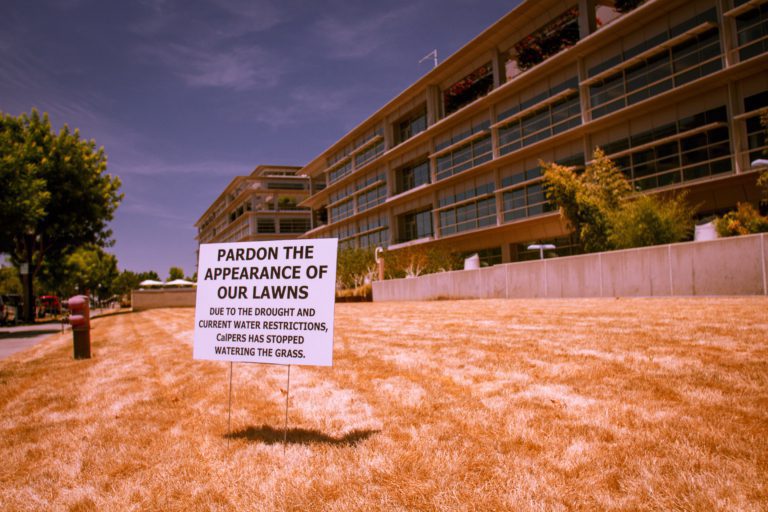
California water crisis deepens
But why no mention of leakage?
For years we have written about the challenges that water utilities face as being:
- Increasing demand for water from growing population, urbanization, and economic growth
- Water scarcity and extreme weather events
- Aging infrastructure
- Aging workforce
- Financing shortfall
These are inexorable: impossible to stop or prevent.
One of the places where they’re playing out is California, USA.
The population in 1924 was 4.5 million; 20 million in 1970; more than 39 million today and growing.
The state is experiencing persistent drought conditions: 2021 was the second driest year on record with the hottest ever temperatures on record, 2020 the fifth driest.
The response is typically to apply water restrictions. For example, the Beaumont-Cherry Valley Water District water shortage contingency plan, has a series of steps that require customers to progressively conserve more water from a voluntary 10 percent reduction to mandatory reductions of 10 to 30 percent.
Next 10’s latest report, The Future of California’s Water-Energy-Climate Nexus, has the following recommendations:
- Expand urban water conservation and efficiency efforts;
- Accelerate water heater electrification;
- Maintain groundwater levels and expand more flexible, high-efficiency groundwater pumps;
- Provide financial incentives and regulatory pathways for water suppliers to invest in less energy- and greenhouse gas-intensive water systems, including through existing financial incentives and programs for energy efficiency and greenhouse gas reduction;
- Expand and standardize water data reporting and energy usage tracking; and
- Formalize coordination between water and energy regulatory agencies about forecasted energy demand changes.
One obvious component is missing:
- Set mandatory reduction targets for leakage
Bill SB 555 has required California’s urban water departments and private water companies to audit their systems and report their annual water loss to the state since Oct. 1, 2017 but that doesn’t go far enough. It isn’t fair to place restrictions on water users when more could be done to ensure that a greater amount of distribution input makes it to the customers.